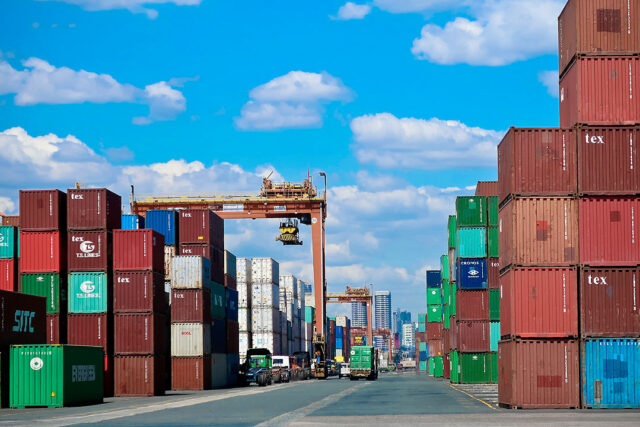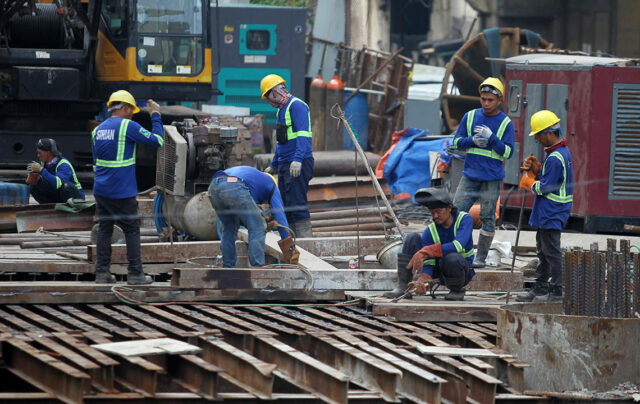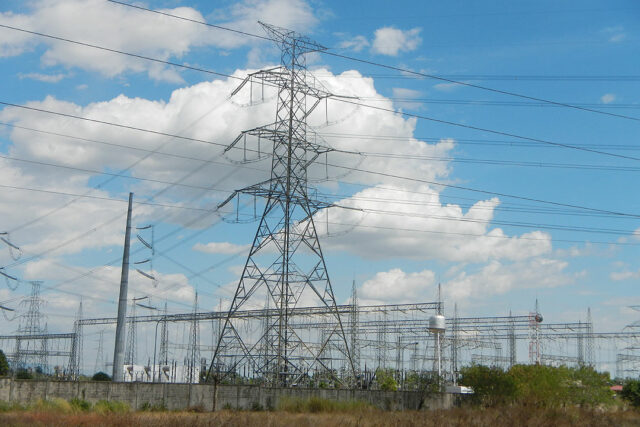PHL stocks drop as investors await US inflation data
By Sheldeen Joy Talavera, Reporter
PHILIPPINE shares continued to decline on Tuesday as investors stayed on the sidelines, awaiting the release of the US inflation report and further dampened by slowed bank lending growth.
The benchmark Philippine Stock Exchange index (PSEi) went down by 5.26 points or 0.08% to close at 6,110.88 on Tuesday, while the broader All Shares Index shed 9.24 points or 0.28% to end at 3,286.28.
“Shares on the Philippine Stock Exchange edged lower as investors cautiously await the release of US inflation data, aware that a big miss in either direction could have major implications for the Federal Reserve’s interest rate plans over the next few months,” Globalinks Securities and Stocks, Inc. Head of Sales Trading Toby Allan C. Arce said in a Viber message.
Philstocks Financial, Inc. Research Analyst Claire T. Alviar likewise said in a Viber message that shares dropped as cautious investors awaited the US inflation report, as well as the meeting between US President Joseph R. Biden and Chinese President Xi Jinping.
“On the local front, the slowdown in bank lending this September somehow dampened the sentiment,” Ms. Alviar said.
Outstanding loans issued by big banks rose by 6.5% year on year to P11.17 trillion in September, based on preliminary data from the Bangko Sentral ng Pilipinas (BSP) released on Monday.
The growth in November is slower than the 7.2% figure in August and was the slowest in 21 months, or since the 4.8% recorded in December 2021. September was also the sixth straight month that loan growth eased.
Meanwhile, Mr. Arce said that investors are also expected to monitor the BSP’s policy meeting on Thursday.
“But the market has likely already priced in the BSP standing pat on rates. Still, investors are keeping an eye on that,” he said.
The central bank raised borrowing costs by 25 basis points (bps) in an off-cycle move last month, bringing the key rate to a fresh 16-year high of 6.5%. The BSP has raised policy rates by 450 bps since May 2022.
A BusinessWorld poll conducted last week showed that 15 out of 18 analysts expect the Monetary Board to keep benchmark interest rates unchanged at 6.5% during its Nov. 16 meeting.
On the other hand, three analysts see the BSP raising borrowing costs by 25 bps to 6.75%.
Almost all sectoral indices dropped on Tuesday. Financials went down by 14.35 points or 0.81% to 1,737.03; services dropped by 10.02 points or 0.67% to 1,466.85; mining and oil lost 49.52 points or 0.51% to 9,506.52; and industrials sank by 35.48 points or 0.41% to 8,572.75.
Meanwhile, property climbed by 15.08 points or 0.57% to 2,619.66, and holding firms increased by 21.43 points or 0.36% to 5,876.45.
Value turnover went up to P2.87 billion on Tuesday, with 361.55 million shares changing hands, compared to the P1.37 billion with 285.31 million issues seen on Monday.
Decliners outnumbered advancers, 104 versus 63, while 45 shares closed unchanged.
Net foreign selling went down to P107.76 million on Tuesday from P270.92 million recorded on Monday.












